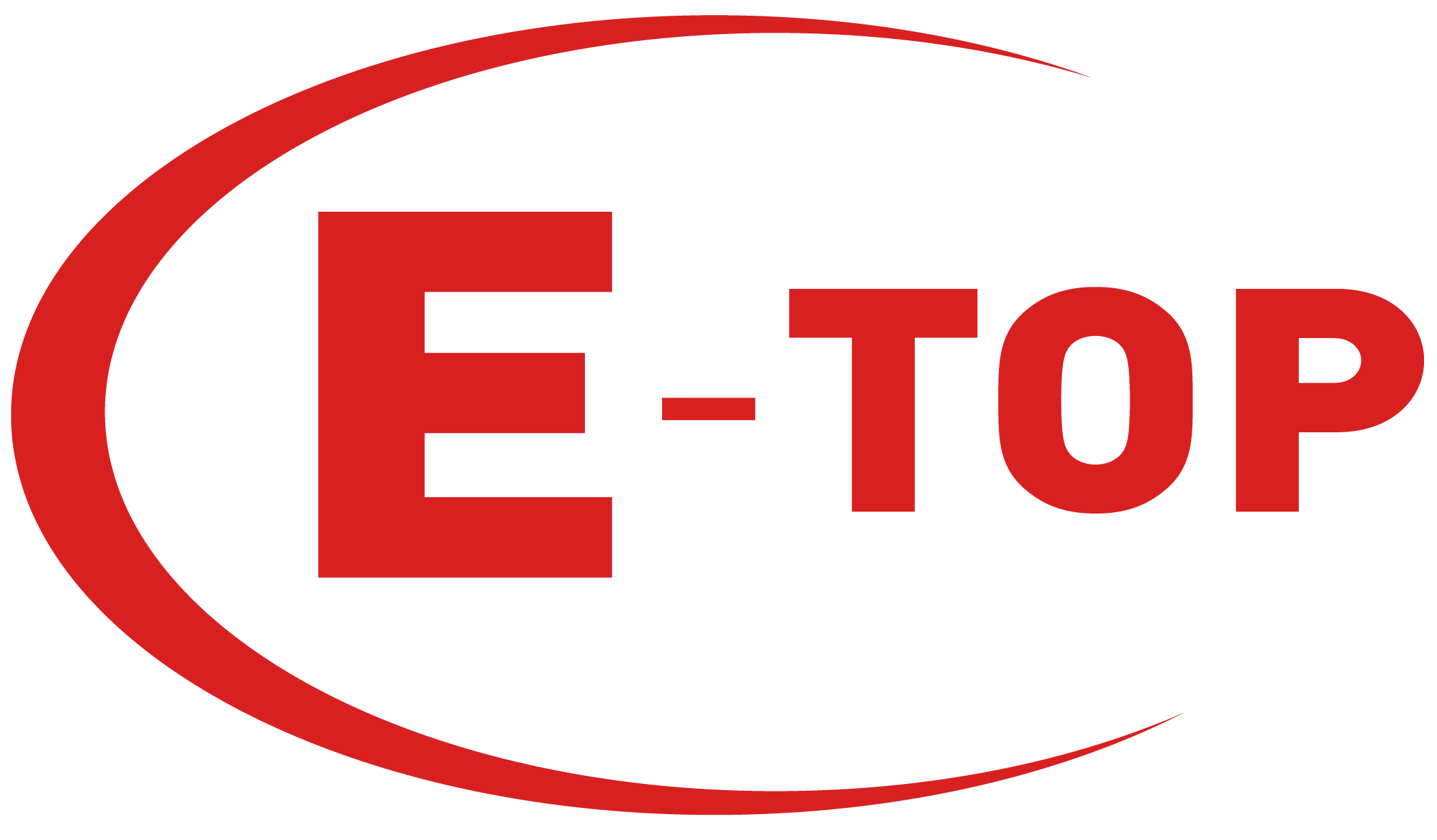Never miss an offer or update. You can unsubscribe at any time.
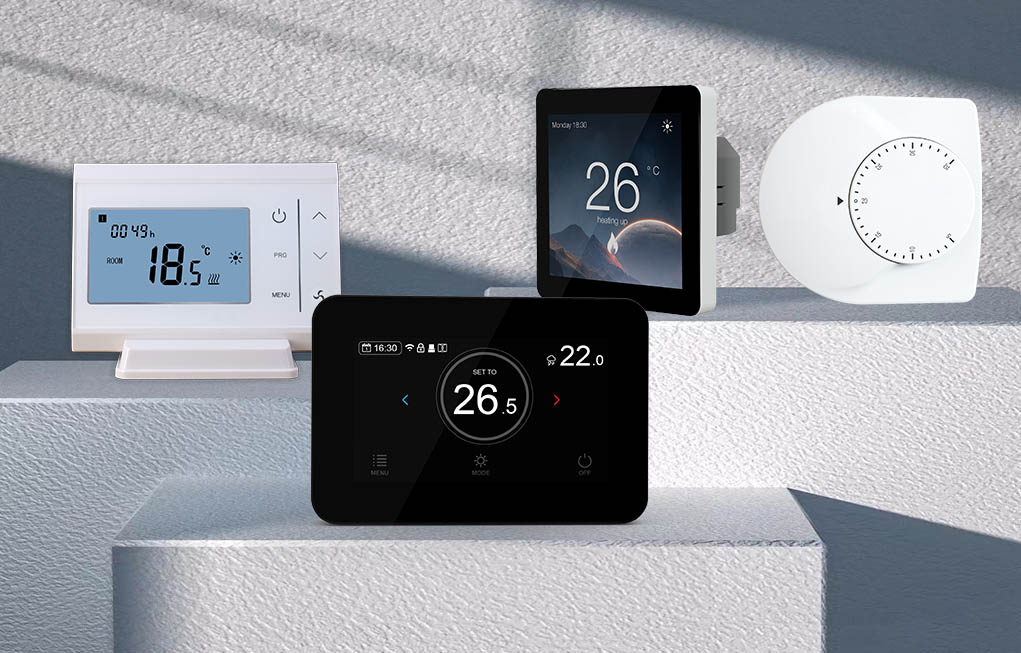 Types of thermostat
Types of thermostat
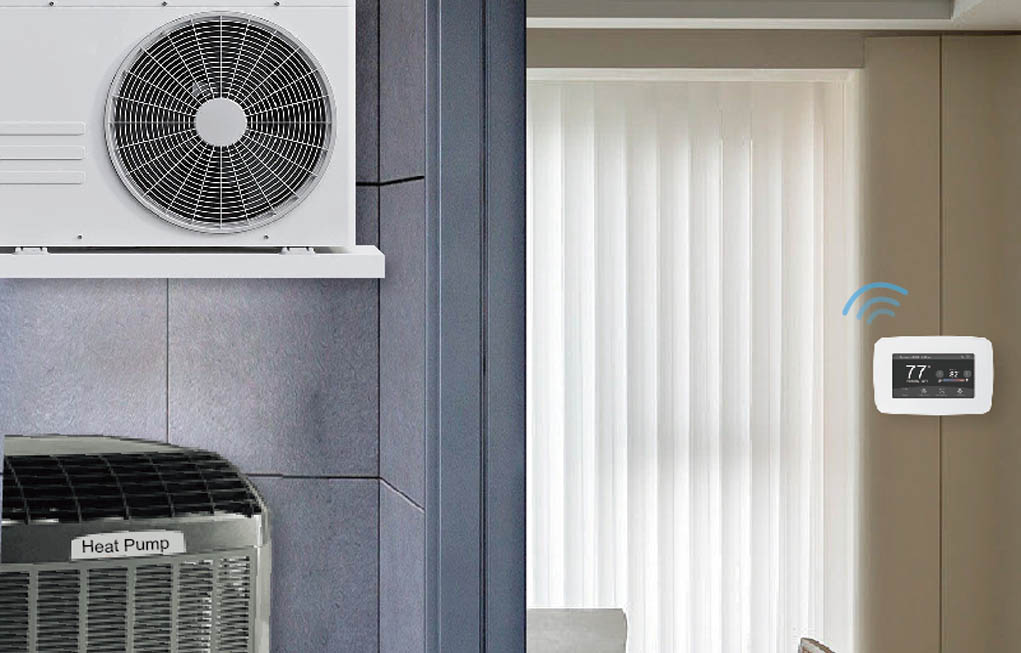 How does the Heat Pump solve the Energy crisis in Europe
How does the Heat Pump solve the Energy crisis in Europe
 TR-01: Your Ultimate Smart Radiator thermostat
TR-01: Your Ultimate Smart Radiator thermostat
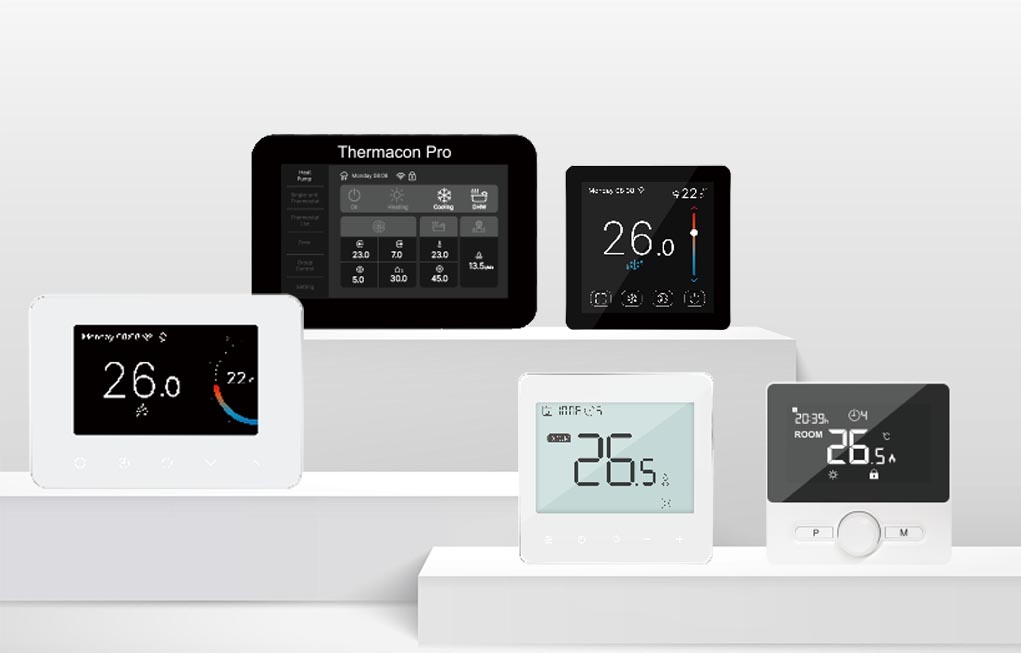 When to Replace Your Thermostat
When to Replace Your Thermostat
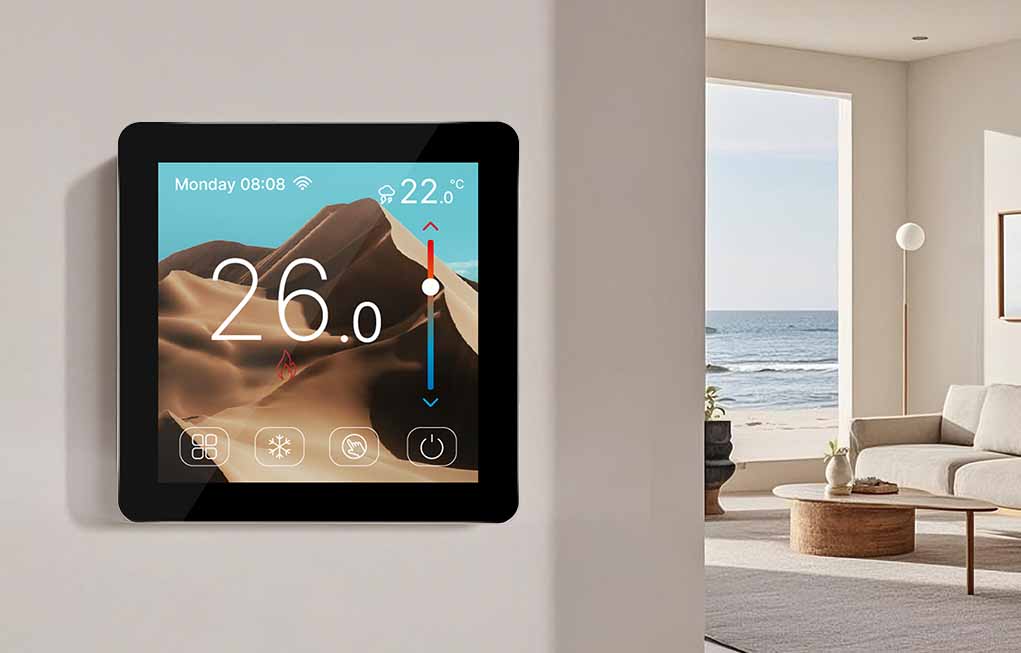 Market opportunities and challenges for room thermostats in Europe in the wave of smart home
Market opportunities and challenges for room thermostats in Europe in the wave of smart home
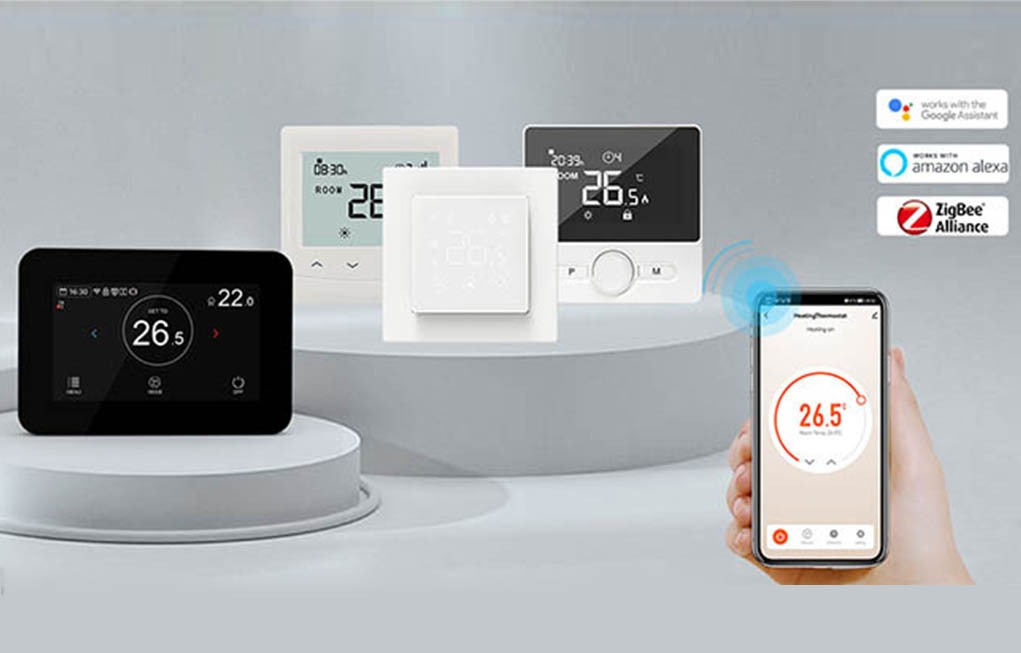 China thermostat Manufacturing: How Smart HVAC Products from China Help Global Buyers Win Faster
China thermostat Manufacturing: How Smart HVAC Products from China Help Global Buyers Win Faster
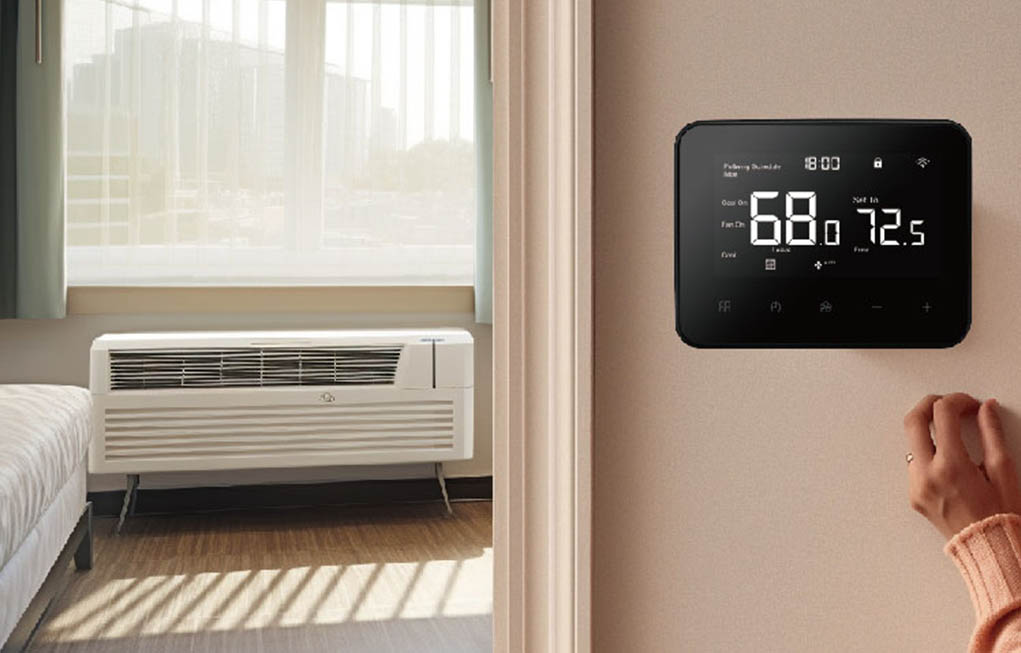 Wirelees WIFI thermostat for PTAC and Heat Pump
Wirelees WIFI thermostat for PTAC and Heat Pump
 Address:No.6 of Tong'an Industrial Park, Meixi Rd,Tong'an District, Xiamen China 361100
Address:No.6 of Tong'an Industrial Park, Meixi Rd,Tong'an District, Xiamen China 361100 Phone:+86 0592 6155792
Phone:+86 0592 6155792 Email:info@etopcontrols.com
Email:info@etopcontrols.comNever miss an offer or update. You can unsubscribe at any time.

